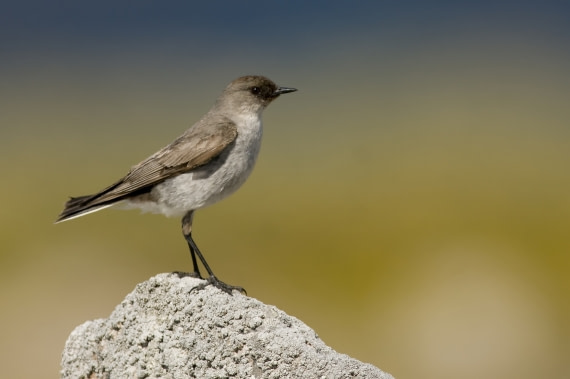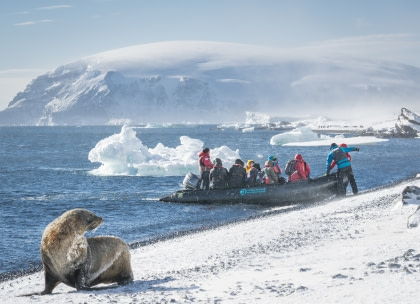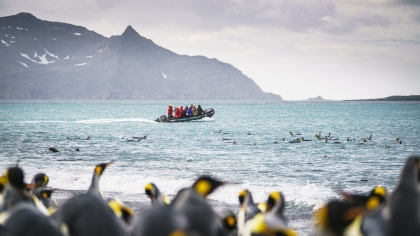Name: Dark-faced Ground Tyrant, Dormilon bistré, Maskengrundtyrann, Dormilona carinegra (Muscisaxicola macloviana macloviana – Falkland Islands; Muscisaxicola mentalis – Peru, Argentina, Uruguay)
Length: 16 cm.
Weight: 20 grams.
Location: Falkland Islands, Andes region
Conservation status: Least Concern.
Diet: Small insects and invertebrates.
Appearance: Dark grey-brown on top, pale grey below. Black face, bill, and legs. Dark brown crown. Black rear and tail with white outer tail-feathers. Those found on the Falklands tend to be a bit larger.
How do Dark-faced Ground Tyrants feed?
Dark-faced Ground Tyrants mainly tend to stick to the ground when feeding, foraging amongst rocks, grasses, and landed seaweed for small invertebrates; however, they will switch to flying when hunting insects.
Are Dark-faced Ground Tyrants social?
Dark-faced Ground Tyrants are generally loners or at most paired up. However, they do on occasion form flocks of up to 100 individuals.
What are Dark-faced Ground-Tyrant birthing rituals like?
The Dark-faced Ground Tyrant’s breeding season occurs from September through March for the continental variety, and in October through December for those found on the Falklands.
In order to attract a female, the males will put on a display by rising up to 15 or so meters in the air, then dropping to the ground where he will move his wings in an up-and-down pattern.
Once paired, the tyrants will create a nest in a crack or hollow found amongst rocks. The outer part of the nest is made up of grasses and roots, while the inner lining is made up of softer materials like feathers.
2 or 3 eggs are laid. Tyrant chicks fledge 18 days after they hatch. It’s possible that 2 broods are raised during a single breeding season.
How many Dark-faced Ground-Tyrants are there today?
The Falkland Island population is estimated to be between anything from 4000 to 20,000 breeding pairs.
Do Dark-faced Ground-Tyrants have any natural predators?
Dark-faced Ground Tyrants’ biggest predator is the domestic cat.
5 Terrific Dark-faced Ground-Tyrant Facts
- The continental version of the Tyrant is migratory, shifting from the west coast to Chile, Peru, Argentina, and Uruguay as the seasons change. The Falklands variety however maintains its presence on the islands the year round.
- The name Muscisaxicola comes from the genus Muscicapa meaning “flycatcher” and the genus Saxicola which means “wheat-ear”.
- Maclovianus derives from Îles Malouines, which in turn is named after explorers and fishers from St. Malo, which is a port city in France found along the English Channel.
- The tyrant flycatcher family (Tyrannidae) is both the biggest and the most varied family of birds found in the Americas.
- Dark-faced Ground Tyrants have earned the nickname “the news bird” from their habit of hopping up to others like they had news to share.








